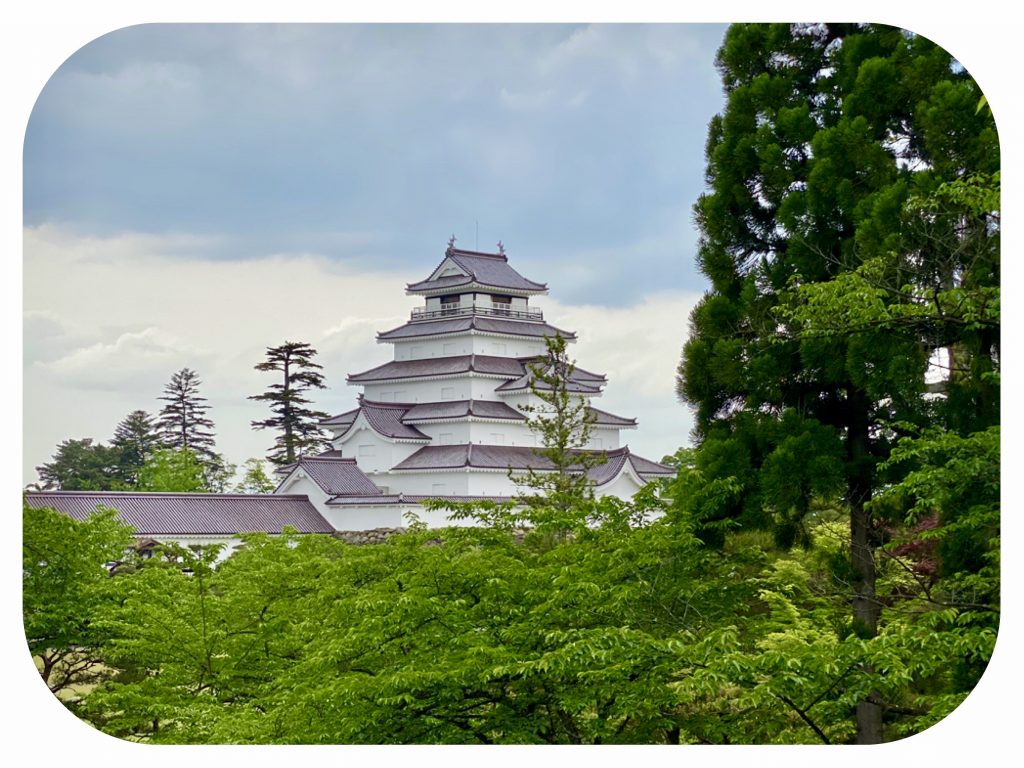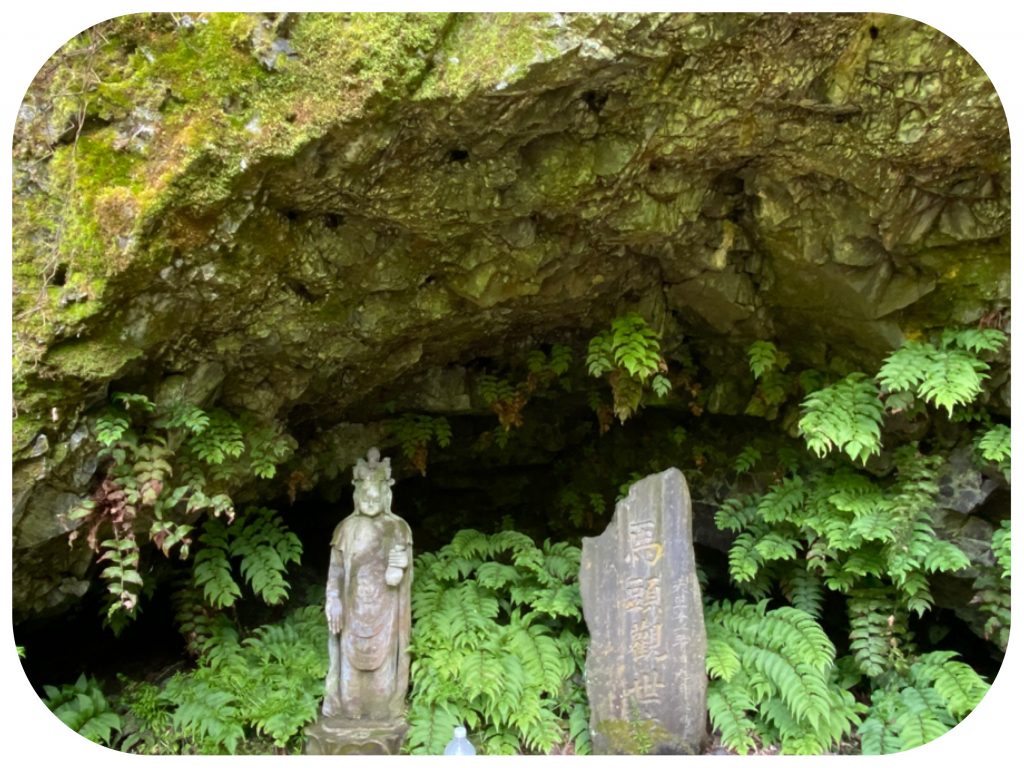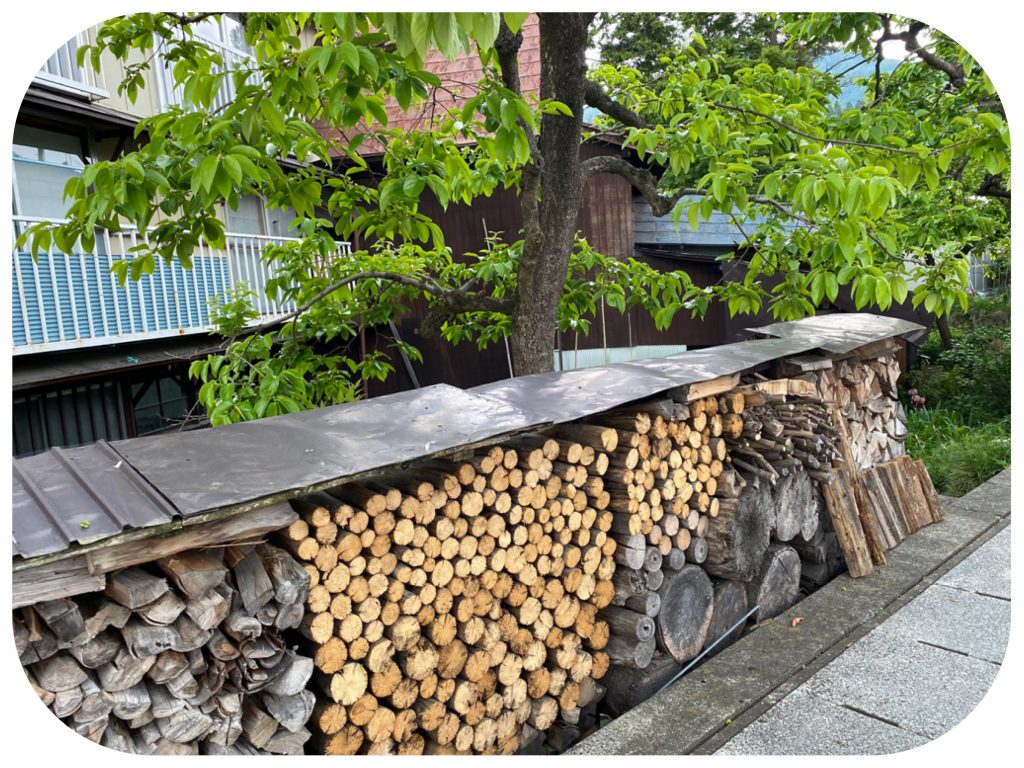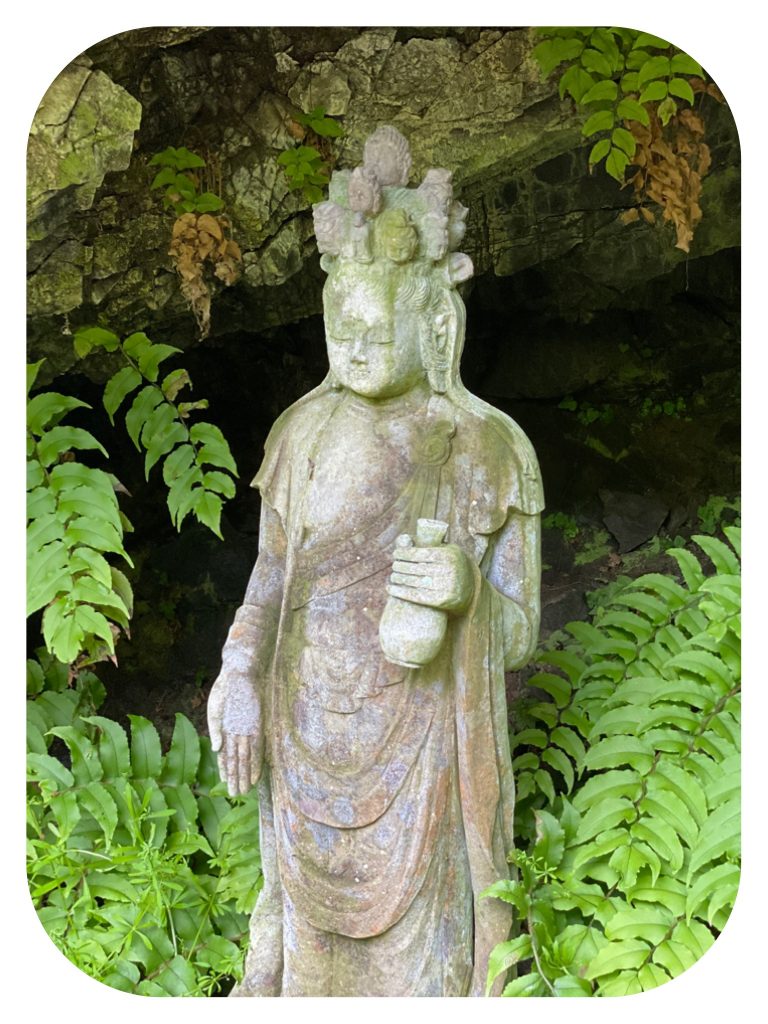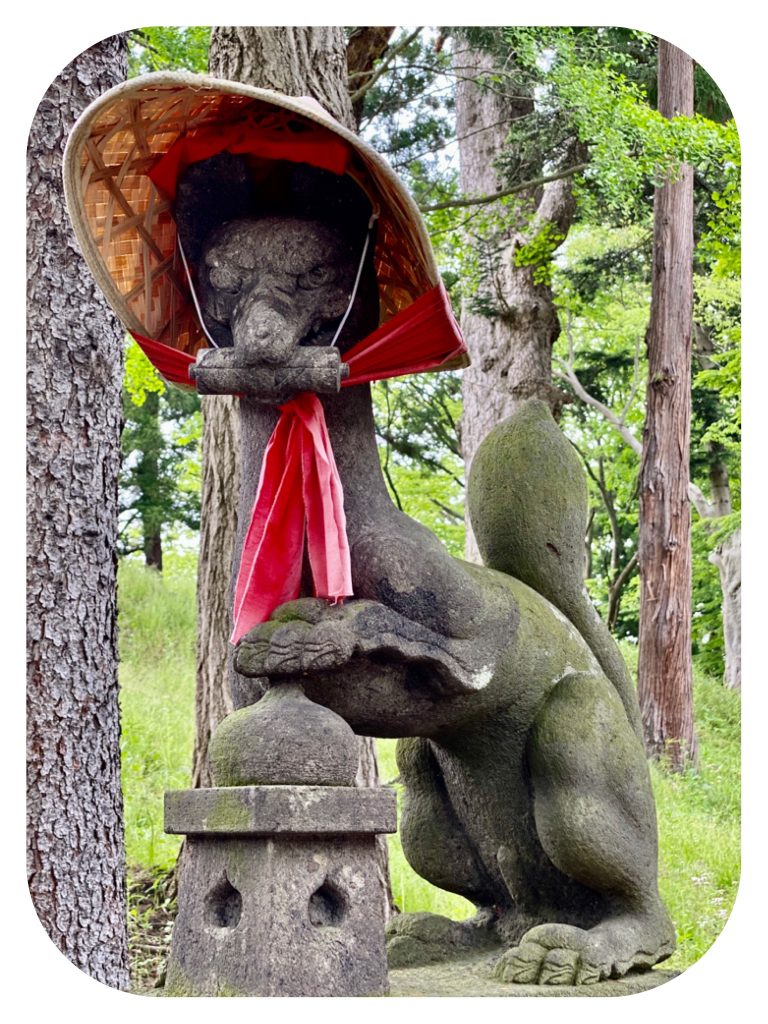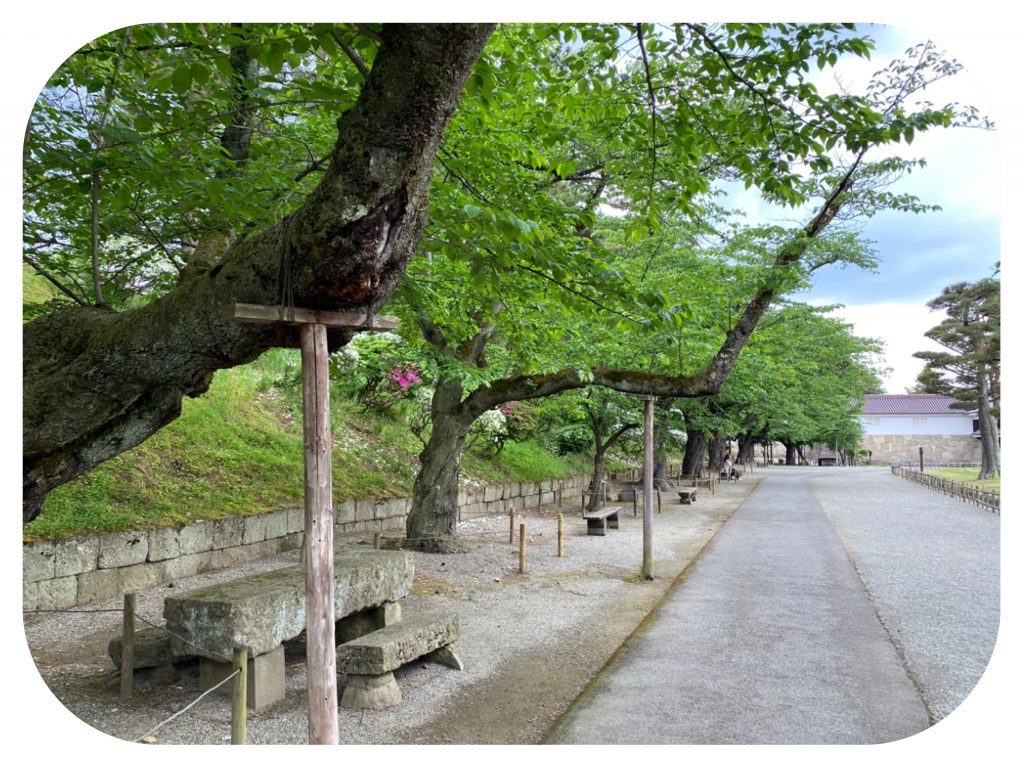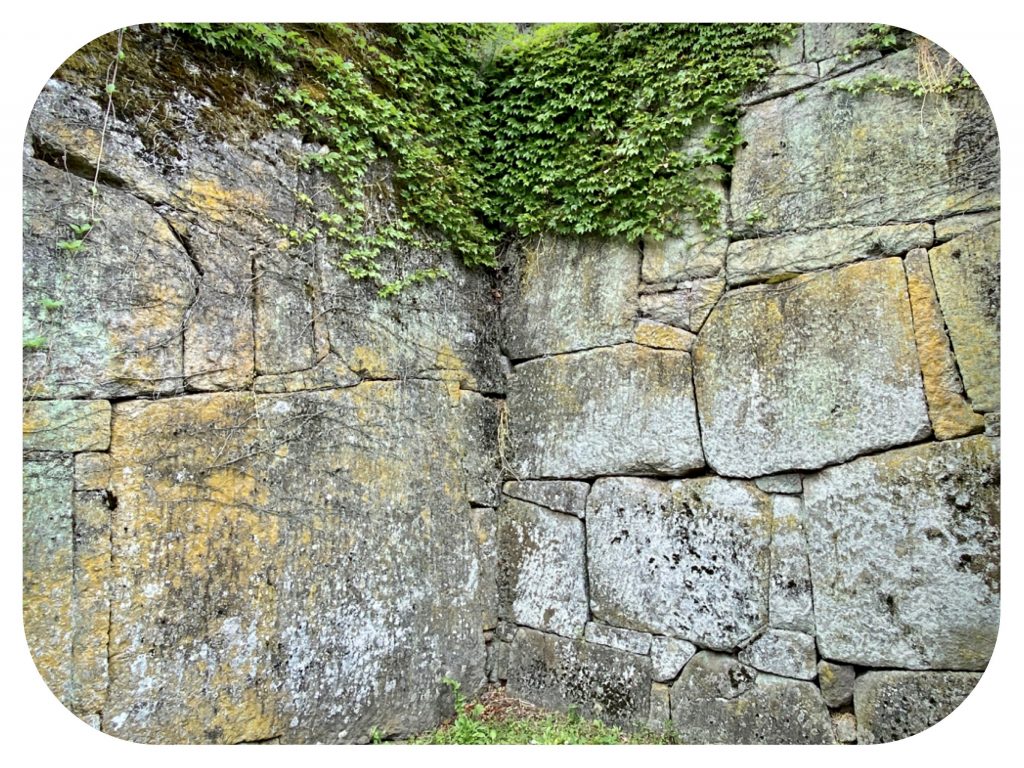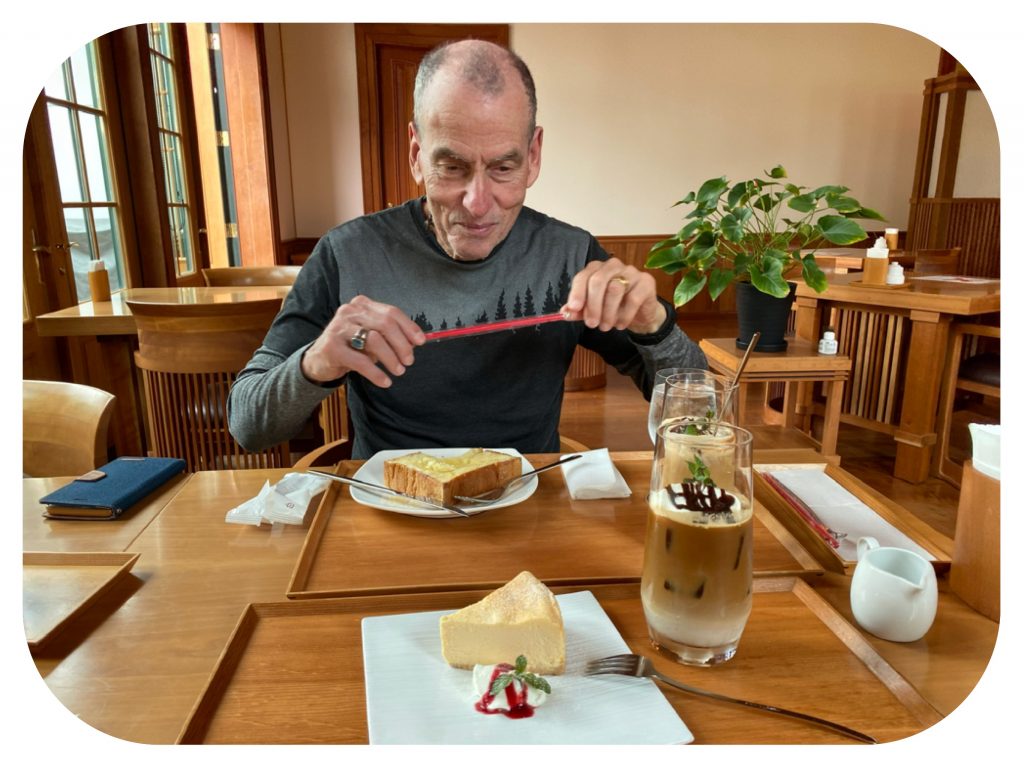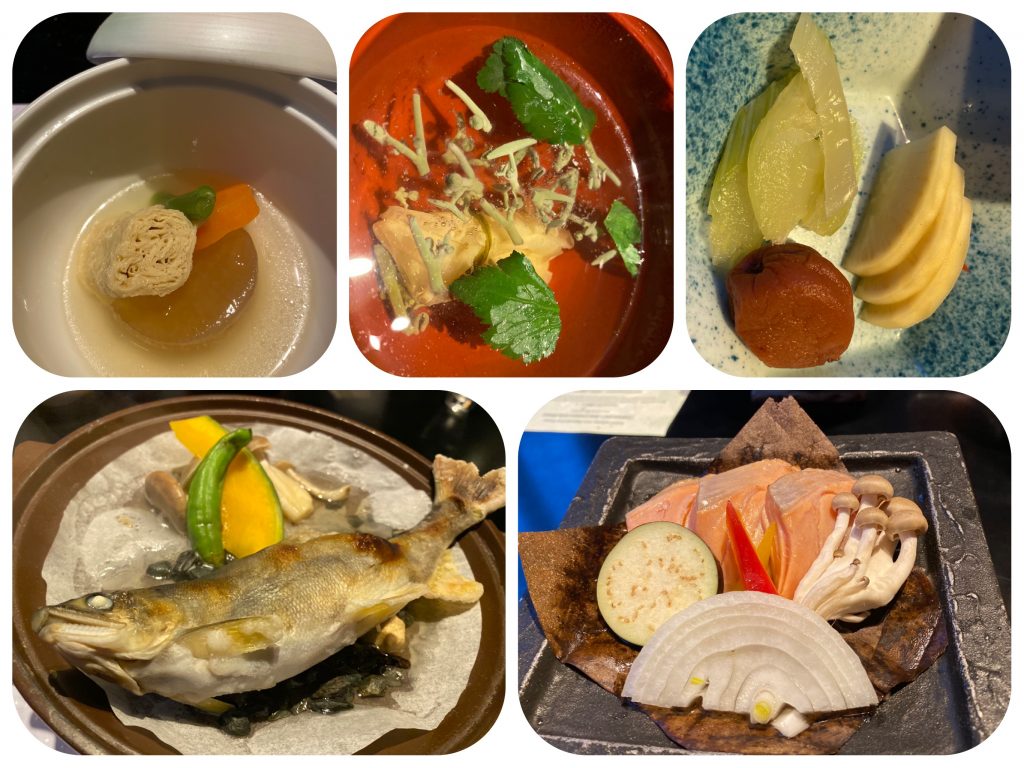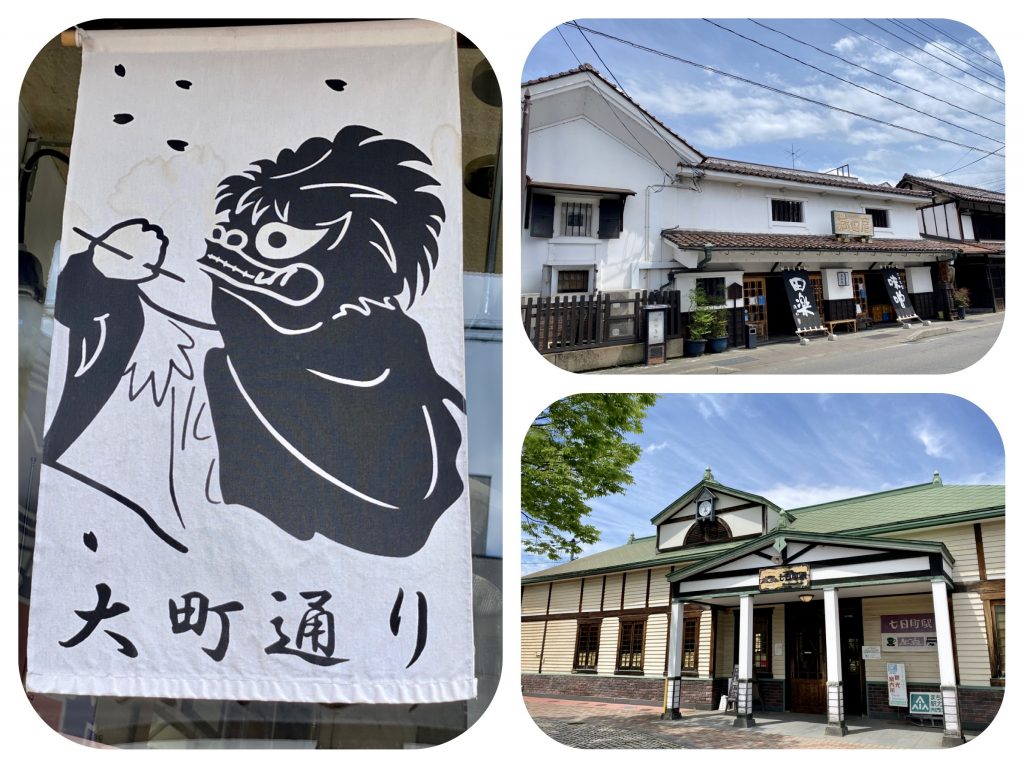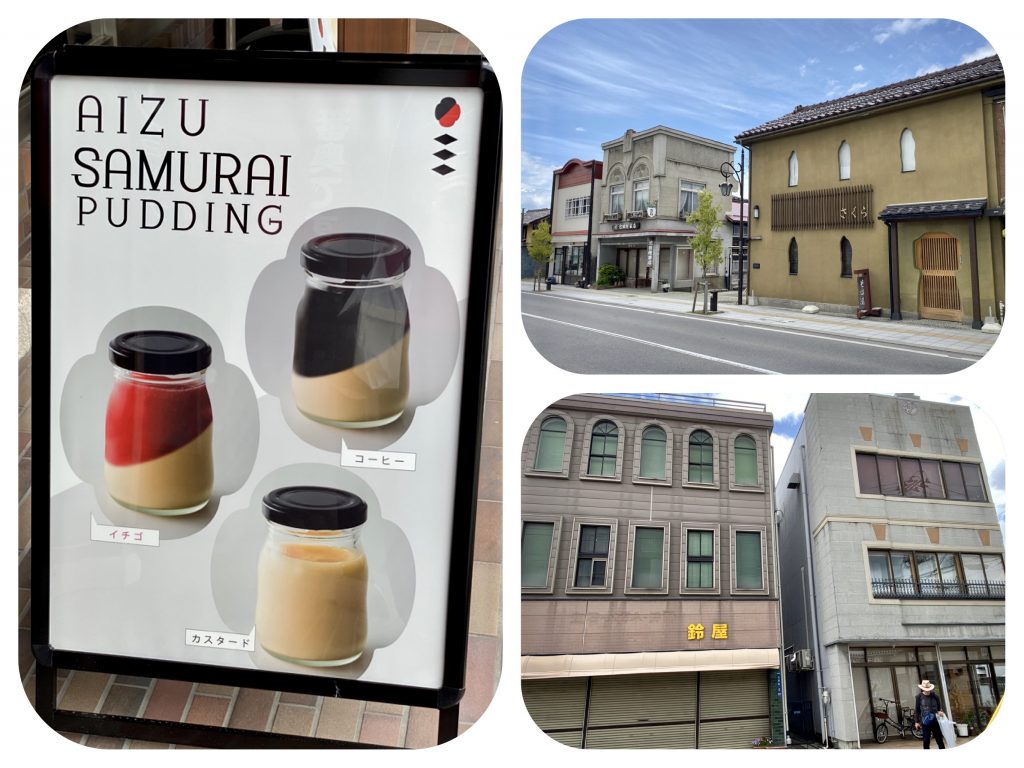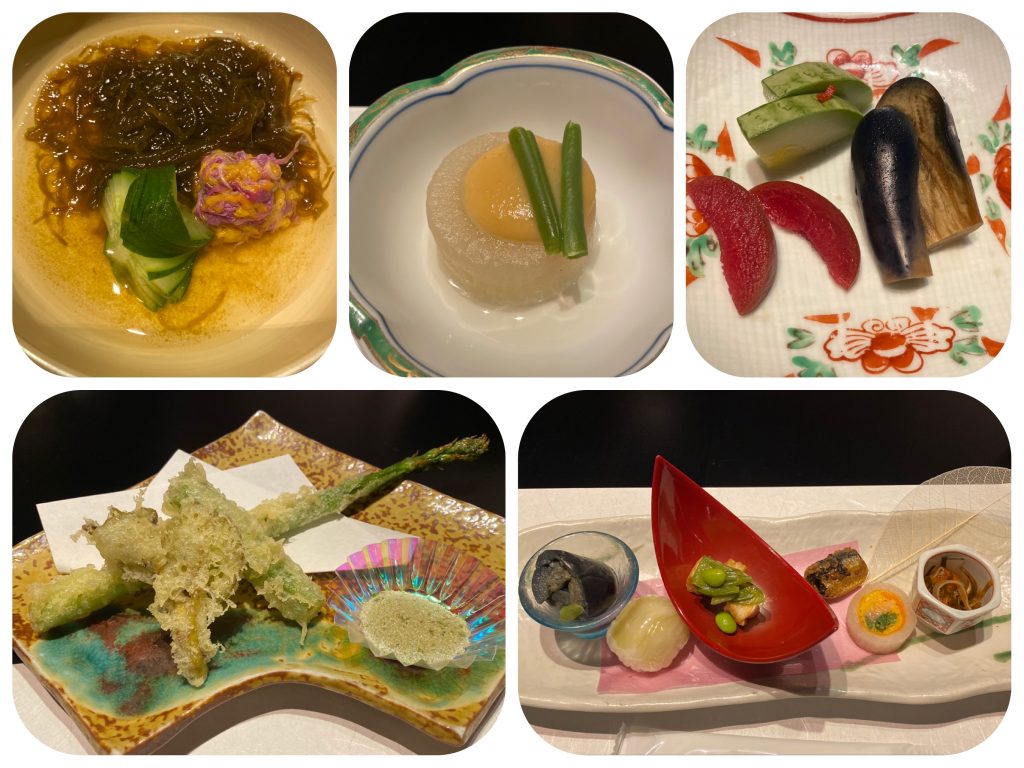The Difference Between World Riches And Abundance, and A Few Days In Aizu Higashiyama Onsen In Fukushima, Japan
The Difference Between World Riches And Abundance, and A Few Days In Aizu Higashiyama Onsen In Fukushima, Japan
On the map, Aizu Fukushima looks to be only a stone’s throw away from Nikko, but it took us nearly five hours on connecting trains to get there.
The last bus ride was on a really cool bus from the 1950’s, with a wood interior and colorful cushions, that used to bring tourists to the Onsen, and was recently restored and is once again operating on its old route.
It was very charming.
Aizu Higashiyama Onsen is a small historic hot springs village, with a long history of healing.
It is said that the hot springs healed even sword wounds.
We booked three nights in a charming riverside Onsen hotel with meals.
At first glance, the historic village looks a bit run down, with some closed and deteriorating buildings that once were eateries, shops and guesthouses.
But in Japan, one must never rely on a first glance.
There are layers of sweetness and joy to uncover, as you peel back the outer layers and look deeper.
Our Onsen hotel is fabulous, with traditional tatami mat rooms that are spacious and decorated with tasteful, classic furniture.
The rooms overlook the river and the lush vegetation growing along its banks.
There are a selection of hot springs baths, some indoors and some outdoors, and private baths as well.
The kaiseki meals that were served to us at every dinner were all superb.
They made us different dishes every night, using local ingredients.
Each meal included twelve dishes, all expertly prepared.
Overall, we had a fabulous time and felt very well rested.
There are not many walks and hikes to do around Higashiyama Onsen, but we were lucky that the state of emergency in Japan has been lifted recently, and many of the shops and restaurants in the nearby town of Aizu were now open.
So instead of nature walks, we walked around the town of Aizu-Wakamatsu.
The town was once ruled by a Samurai clan named Aizu, who fought the then ruling Japanese government during the Meiji period.
The Aizu clan fought its last battle from inside the castle, where 1300 people barricaded themselves and fought.
Eventually they all perished and the Meiji government won, burning down the Aizu castle and most of the town.
The castle grounds has the original castle walls along its perimeters.
The walls have massive, beautifully cut stones that were laid in a perfect and very solid pattern.
The garden inside the castle grounds is beautiful, too.
They have reconstructed the castle’s tower, but not all the many buildings where people lived, bathed, cooked and gathered.
The oldest remaining building is the old tea house.
The restoration work of the tower is lovely, and it was open for us to walk around.
In front of the castle we found a beautiful cafe, designed around a slab of timber from a thousand year old Zelkova tree that once grew next to a shrine.
The cafe was nearly empty, because not many tourists are venturing out on trips yet, even though many places are now open.
They served very good cheese cake and iced coffee.
The next day we explored the Nanokamachi area, which is the restored old merchant street of Aizu-Wakamatsu town.
It has many older buildings and some buildings from the Art-Deco period, all restored and full of lovely shops.
As part of the restoration of the town that started five hundred years ago, artisans from all over Japan were invited to come and work here, and teach the art of lacquerware to locals.
Thee were also candle makers who worked in town.
Nowadays there are lots of small shops selling local crafts.
We stopped at an antique shop that sold lacquerware, and noticed that they had fabulous prices.
Despite the fact that we have no room to carry anything, we bought a beautiful lacquerware tray and a big jewelry box.
They were handmade and simply too beautifully made to pass by.
Now we might have to buy yet another suitcase, in order to bring everything back home.
Our house is full of luggage that we do not travel with.
We start with just two backpacks and sometimes come home with an extra suitcase or two.
I am always torn between loving the simplicity of having a minimalist home with less clutter and material possessions, and loving and appreciating fine arts and crafts, and wanting to surround myself with beautiful and well selected artwork that has such a soul and radiates such beauty, creativity and warmth in our living space.
As our journey in Japan is soon coming to an end, and while I soaked in the hot springs, I reflected on the current global environment.
Japan is not a rich country.
It has known many hardships and natural disasters.
Recently it has had a succession of economic recessions that have lasted for much of the last three decades.
People living here do not earn enormous salaries, and the country is not rich with natural resources.
In fact, Japan has long been characterized as a nation with virtually no natural resources like oil, natural gas, coal, iron and copper.
The people living on this volcanic land have learned to harvest the ocean and to bring the healing benefits of the volcanic hot springs into their lives.
The Japanese people had to become very good in developing their agriculture, and that they did.
They grow rice, wheat, barley, buckwheat, vegetables and fruit.
In recent years, there has been worrying talk about drilling in the ocean, to extract oil instead of being dependent on global supply.
I really hope they will not go down this terrible road.
Abundance is no longer as dependent on having natural resources as it was hundreds of years ago.
To demonstrate this idea, take a look at two big countries like the USA and India.
India used to be one of the wealthiest nations on earth.
Beside its abundance of silk and spices, which global merchants have long coveted, India is full of natural resources.
Fabulous jewels are found in caves, while gold and treasures are hoarded away in cold, underground vaults.
There are jewels glittering in every temple and on every image.
Jewels, spices, silks and more, were the riches that Columbus was searching for, when he found America.
But India's natural wealth never made India a rich country.
The people sowed the seeds of greed and selfishness which grew and flourished.
So India, with all her wealth, has become one of the poorest nations on earth.
Only the few laid claim to the abundance, while many millions were still without.
There is greater poverty, more hunger, famine, destitution and unmet needs, throughout that paradise of wealth, than in any other land on earth.
All this is the crop growing from the seeds of greed.
The USA on the other hand, is called the land of opportunity, despite the fact that the people do not know how to weave silk, grow great rice, or have great jewels.
But the USA is the land in which IDEAS flourish.
If you have a great idea that will benefit others, and you are willing to work to develop this idea, you are bound to create riches.
If you take a look around the USA, most big tech companies have flourished in the USA, and the movie and music industries, banks, manufacturing, medicine and all kinds of sports flourish abundantly in this land.
Ideas have become the new sources of wealth in this era, not natural resources.
Consider all the new apps and internet platforms which made their inventors multi millionaires, if not billionaires.
Many of the countries in the Arab world are rich in oil and natural gas, yet the wealth does not trickle down to the masses, who still live in poverty and experience the lack of basic human needs.
Anyway... these are just the tips of the thoughts that came to me to share today.
Wishing you love and light,
Tali and Jules
